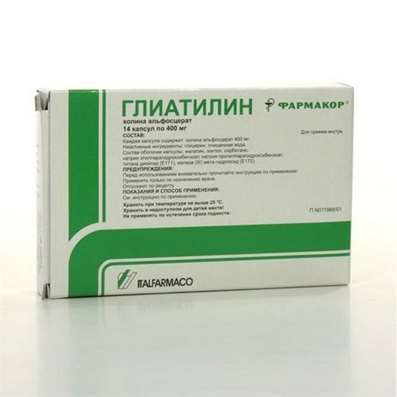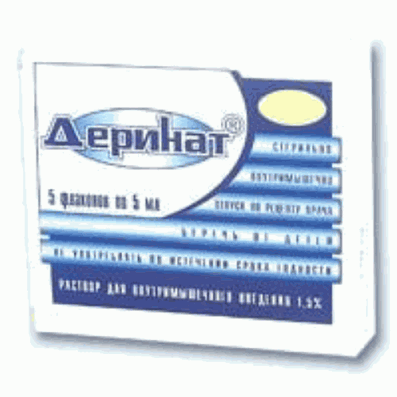Instruction for use: Radomin
I want this, give me price
Dosage form: pill
Active substance: Pentoxyphyllinum
ATX
C04AD03 Pentoxifylline
Pharmacological group
Antiaggregants
Adenosinergic agents
Angioprotectors and microcirculation correctors
The nosological classification (ICD-10)
H34 Vascular occlusion of retina: Arterial thrombosis of the vessels of the eye; Venous thrombosis of the vessels of the eye; Violation of retinal circulation; Disturbances of intraocular circulation; Insufficient blood supply to the mesh and choroid; Occlusion of central retinal vessels; Acute obstruction of retinal arteries; Subacute and chronic circulatory insufficiency in the retina or in the choroid of the eye; Vascular diseases of the retina; Vascular disorders in the retina of the eye; Vascular thrombosis of the retina; Central retinal vein thrombosis; Thrombosis of the central vein of the retina and its branches; Thrombosis of the central vein of the retina of the eye and its branches
H83 Other internal ear disorders: Disturbance of inner ear function; Violation of the inner ear function of vascular genesis; Disturbances of blood supply to the inner ear; Functional disorder of the inner ear
I63 Cerebral infarction: ischemic Stroke; Ischemic brain disease; Ischemic stroke; Ischemic stroke and its consequences; Ischemic cerebral stroke; Ischemic cerebrovascular accident; Ischemic brain damage; Ischemic brain damage; ischemic conditions; Cerebral ischemia; Acute hypoxia brain; Acute cerebral ischemia; Acute ischemic cerebrovascular accident; Acute cerebral infarction; Acute ischemic stroke; Acute period of ischemic stroke; Focal cerebral ischemia; Ischemic stroke; recurrent stroke; The syndrome of Morgagni-Adams-Stokes; Chronic cerebral ischemia; cerebrovascular stroke; embolic stroke; Ischemic brain damage
I73.0 Raynaud's Syndrome: Raynaud's syndrome Leriche; Raynaud's disease; Raynaud's phenomenon; RaynaudLeriche syndrome; Raynaud's disease; Raynaud's syndrome with trophic disorders; Peripheral angiopathy
I79.2 Peripheral angiopathy in diseases classified elsewhere: diabetic angiopathy; Angiopathy in diabetes; arteriosclerosis diabetic; Pain in lesions of peripheral nerves; Diabetic angiopathy; Diabetic microangiopathy; Diabetic vascular disease; Intermittent angioneurotic disbaziya; Macroangiopathy in diabetes; microangiopathy; Microangiopathy in diabetes mellitus; Tingling sensations in the hands and feet; Coldness in the extremities; Peripheral angiopathy; Peripheral arterial disease; Sclerosis Menkeberga; Chronic obliterating diseases of arteries
I87.0 Postphlebitic syndrome: post-thrombotic venous insufficiency; Postthrombotic disease; Post thrombophlebitic syndrome; Post-thrombophlebitis; Post-thrombophlebitic syndrome; Postphlebitic syndrome; Post thrombotic syndrome; Postphlebitic syndrome (stasis syndrome)
I99 Other and unspecified disorders of the circulatory system: angiopathy; Arterial angiopathy; Atherosclerotic angiopathy; Hemodynamic right heart defects; Hemodynamic defect of the right heart; coronary angiopathy; Infringement of blood circulation; Violation of circulation; Violation microcirculation in organs and tissues; Peripheral circulatory disorders; Disorders of the peripheral circulation in the extremities; circulatory failure; Hemodynamic instability occlusion of arteriovenous origin; Acute circulatory failure; Psevdostenokardicheskie state; Psevdostenokardicheskoe disorder; circulatory disorder; Cardiovascular diseases; Vascular insufficiency; Thrombosis arteriovenous shunt; Thrombosis with prosthetic heart valves; Deterioration of blood circulation in the pelvic organs; Functional failure of the cardiovascular system; Functional disorders of the cardiovascular system; Chronic arterial insufficiency; Chronic heart failure; Age-related vascular disease; The risk of thrombosis
L98.4.2 * Trophic skin ulcer: Varicose ulcer; Varicose ulcers; Cutaneous ulcer; Non-healing ulcers; Trophic ulcer; Trophic ulcer of lower leg; Trophic skin lesions; Trophic after-burn ulcers; Trophic ulcers; Trophic skin ulcers; Ulcer of lower leg; Ulcer of skin; Ulcer of trophic skin; Ulcer on legs; Ulcerative necrosis of the skin; Ulcer of shin; Ulcer of the lower leg; Ulcers of lower extremities; Difficult healing ulcers
T33-T35 Frostbite
Composition and release form
1 pills contains pentoxifylline 400 mg; In blistere 10 pcs., In a cardboard box 2 blisters.
Pharmacology
Mode of action - Vasodilator, antiaggregational, angioprotective, improving microcirculation.
It blocks phosphodiesterase and increases the content of cAMP in the cells.
Pharmacodynamics
Increases the elasticity of red blood cells, reduces their aggregation, reduces the concentration of fibrinogen and the viscosity of blood, inhibits platelet aggregation, increases fibrinolysis, improves peripheral circulation, normalizes the rheology of blood and supplies tissues with oxygen.
Pharmacokinetics
Well and fully absorbed. Cmax is achieved in 2-4 hours and remains stable for 12 hours.
Indications of Radomin
Post-thrombophlebitic syndrome, trophic ulcers of the lower leg, gangrene, frostbite, Raynaud's disease, vascular disorders of the eye and hearing organs, cerebral circulation disorders, diabetic angiopathy.
Pregnancy and breast-feeding
Contraindicated in the first months of pregnancy.
Side effects
Dyspeptic disorders, skin allergic reactions.
Interaction
Strengthens the antithrombotic effect of heparin and fibrinolytic drugs, the effect of certain hypotensive and hypoglycemic drugs.
Dosage and Administration
Inside, after eating, not chewing, drinking water, 1 tablet 2-3 times a day.
Overdose
Symptoms: hyperemia (face), hypotension, clonic-tonic convulsions, loss of consciousness, vomiting (sometimes "coffee grounds"), fever. Treatment is symptomatic.
Precautionary measures
With a simultaneous appointment with antidiabetic and hypotensive drugs, the dose should be reduced.
Storage conditions of Radomin
In a place protected from light and moisture, at room temperature.
Keep out of the reach of children.
Shelf life
3 years
Do not use beyond the expiration date printed on the package.

 Cart
Cart





